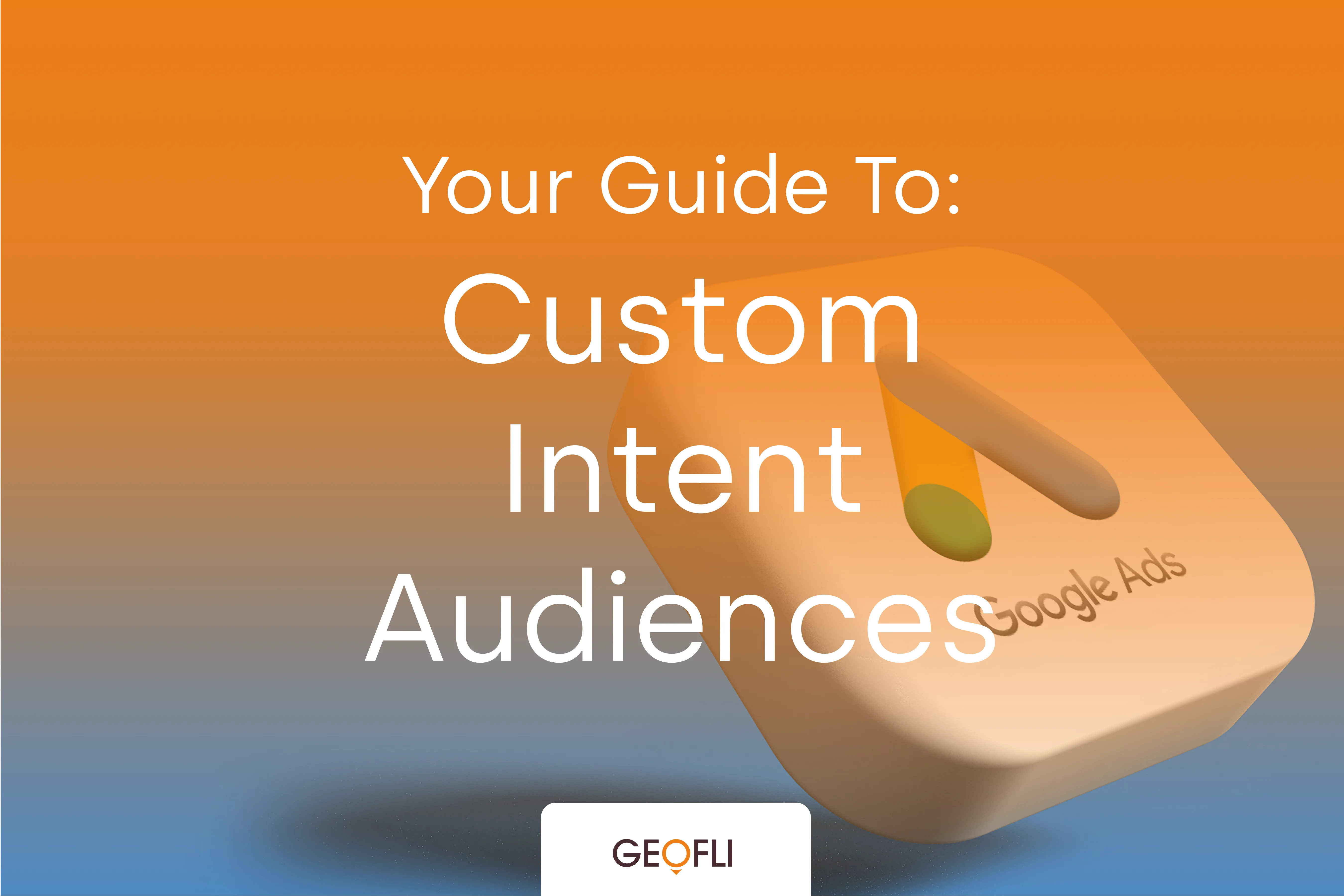
Custom Intent Audiences: Everything You Need To Know
This guide explains how to use custom intent audiences, now called custom segments, in Google Ads. It covers how they work, why they were renamed, and how to set them up and optimize them.
Although today’s digital marketers have access to many more tools than they did in the past, email remains one of the most effective. With email, you have the chance to forge a genuine, personal connection with your customers. In fact, odds are that your clients want that kind of personal connection. According to one study, simply personalizing the subject line of your emails can boost open rates by 50%. Internet users want content that’s tailored specifically to their preferences and expectations. That’s why you shouldn’t view your email list as a single entity. Within a given roster, there are many different potential subgroups, each with their own unique sets of interests and needs. Once you’ve run your list through a checker to verify email addresses and ensure your content is reaching its intended audience, it’s important to segment the list so it has the best chance of resonating with individuals. Each person on your list is different, so set yourself up for success by breaking them up into segments that you can then tailor your content to. For example, if you’re an apparel company, you may have customers around the world. Emails promoting a new line of winter clothes might be relevant to customers who live in colder regions, but those who live in warmer climates can feel alienated by a message that doesn’t address their needs.By segmenting your email list into separate groups, you can launch more effective campaigns and boost brand loyalty. Here’s how:
The first step to segmentation involves learning as much about your customers as possible. What age range do you cater to? Where do they live? What key demographic groups are more likely to use your services? Gathering this information helps you better understand what types of subgroups you could divide your list into.Of course, these groups should correspond to the goals of your campaigns. When strategizing, it’s always essential to have a specific objective in mind, whether it be to increase sales of a certain project, improve lead generation, get more subscribers, or incentivize followers to share your content.By planning your campaign goals and determining who your customers are, you can separate them more effectively.
Some of your customers only signed up for your email list yesterday. Some signed up a year ago. Content that’s relevant to a new follower isn’t likely to be of much value to someone who’s already seen it or is familiar with your brand.
The sales cycle is a crucial element of email marketing. For example, perhaps your company offers services that build on one another. Maybe you sell training programs within a specific niche. A new customer will probably be highly responsive to an email that promotes a program for beginners. On the other hand, you may also have older customers who want something more advanced. They’ll start to ignore your messages if they’re always targeting your newest followers.It’s also important to consider the fact that some customers are more likely to make an immediate purchase than others. Someone who casually signs up for your list might need to read a few of your emails before deciding your products are worth spending their money on. Another customer, trying to take advantage of a limited time promotion you’re offering, could be ready to make a purchase the day they subscribe.Keeping track of where subscribers are in the sales cycle allows you to segment your list accordingly.
Again, your customers want personalized, relevant emails. If they consistently receive them, your brand’s reputation will improve. Your followers will be more likely to recommend your brand to friends and family if they feel you value your relationship with them.On top of that, statistics make it clear that segmenting your lists results in higher open rates.That’s why this strategy is important. Email marketing can be extremely effective, but you’ll get the optimal ROI when you adhere to best practices. Through segmentation, you’ll offer your customers something of genuine value, and you’ll cultivate the types of relationships that yield long-term benefits for both parties.

